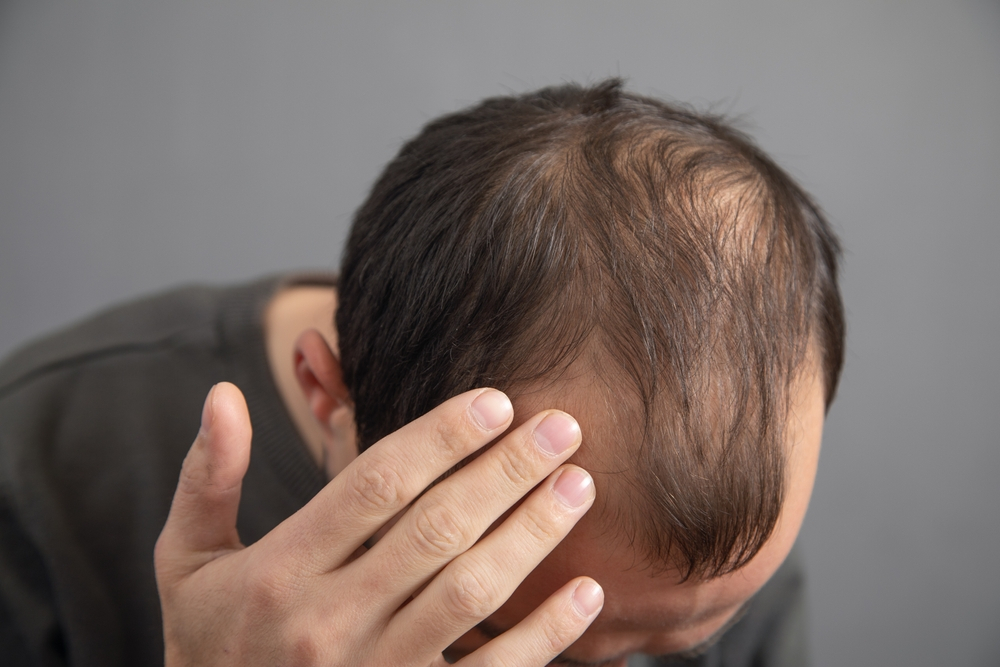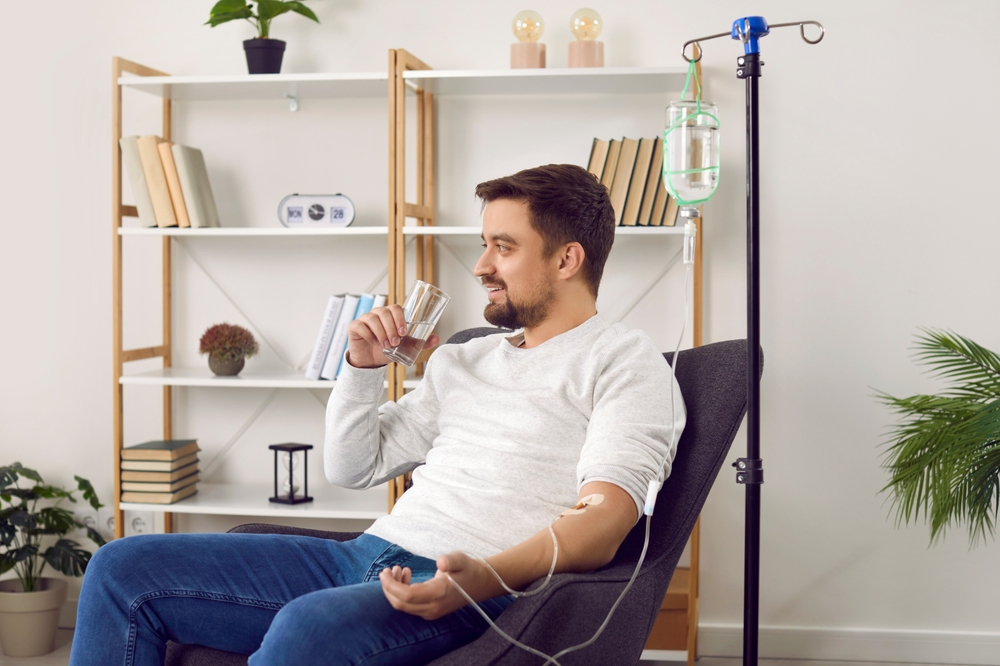Abstract
Reactive oxygen species are thought to be involved in a number of types of acute and chronic pathologic conditions in the brain and neural tissue. The metabolic antioxidant a-lipoate (thioctic acid, 1, 2-dithiolane-3-pentanoic acid; 1, 2-dithiolane-3 valeric acid; and 6,8-dithiooctanoic acid) is a low molecular weight substance that is absorbed from the diet and crosses the blood–brain barrier. a-Lipoate is taken up and reduced in cells and tissues to dihydrolipoate, which is also exported to the extracellular medium; hence, protection is afforded to both intracellular and extracellular environments. Both a-lipoate and especially dihydrolipoate have been shown to be potent antioxidants, to regenerate through redox cycling other antioxidants like vitamin C and vitamin E, and to raise intracellular glutathione levels. Thus, it would seem an ideal substance in the results of oxidative brain and neural disorders involving free radical processes. Examination of current research reveals protective effects of these compounds in cerebral ischemia-reperfusion, excitotoxic amino acid brain injury, mitochondrial dysfunction, diabetes and diabetic neuropathy, inborn errors of metabolism, and other causes of acute or chronic damage to brain or neural tissue. Very few neuropharmacological intervention strategies are currently available for the results of stroke and numerous other brain disorders involving free radical injury. We propose that the various metabolic antioxidant properties of a-lipoate relate to its possible therapeutic roles in a variety of brain and neuronal tissue pathologies: thiols are central to antioxidant defense in brain and other tissues. The most important thiol antioxidant, glutathione, cannot be directly administered, whereas a-lipoic acid can. In vitro, animal, and preliminary human studies indicate that a-lipoate may be effective in numerous neurodegenerative disorders.

Unlocking the Secrets: How Hair Restoration Works
Hair loss can be a distressing experience, affecting millions of people worldwide. Understanding the intricacies of hair restoration is essential

